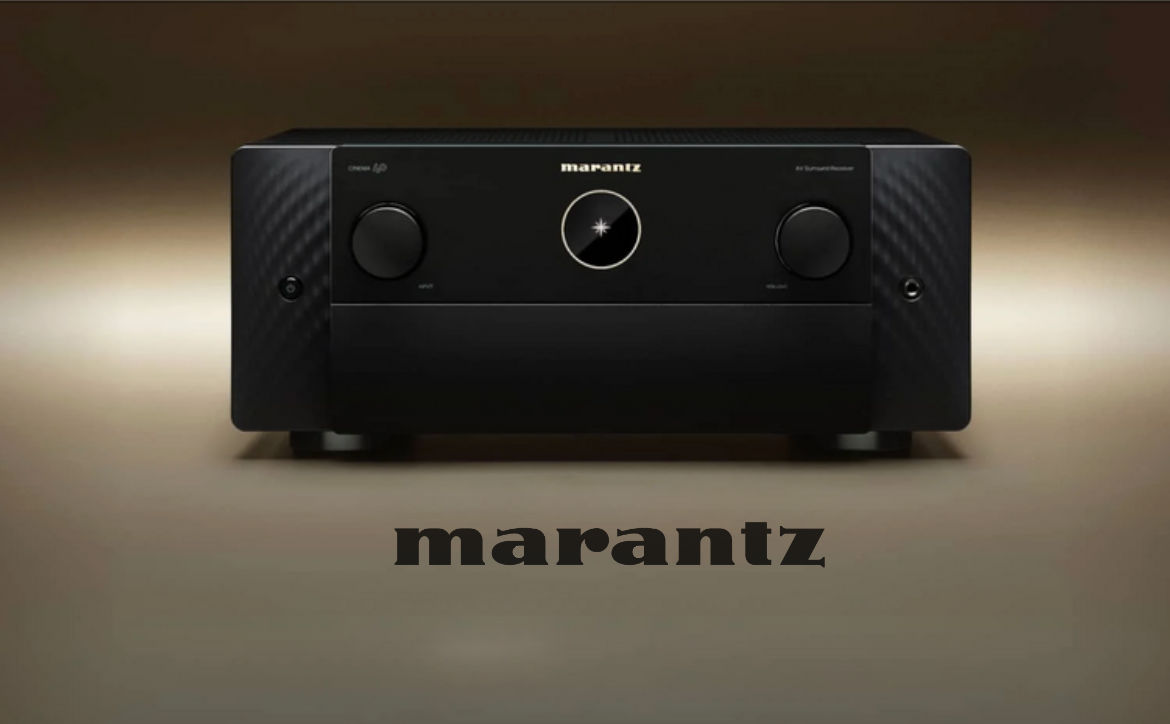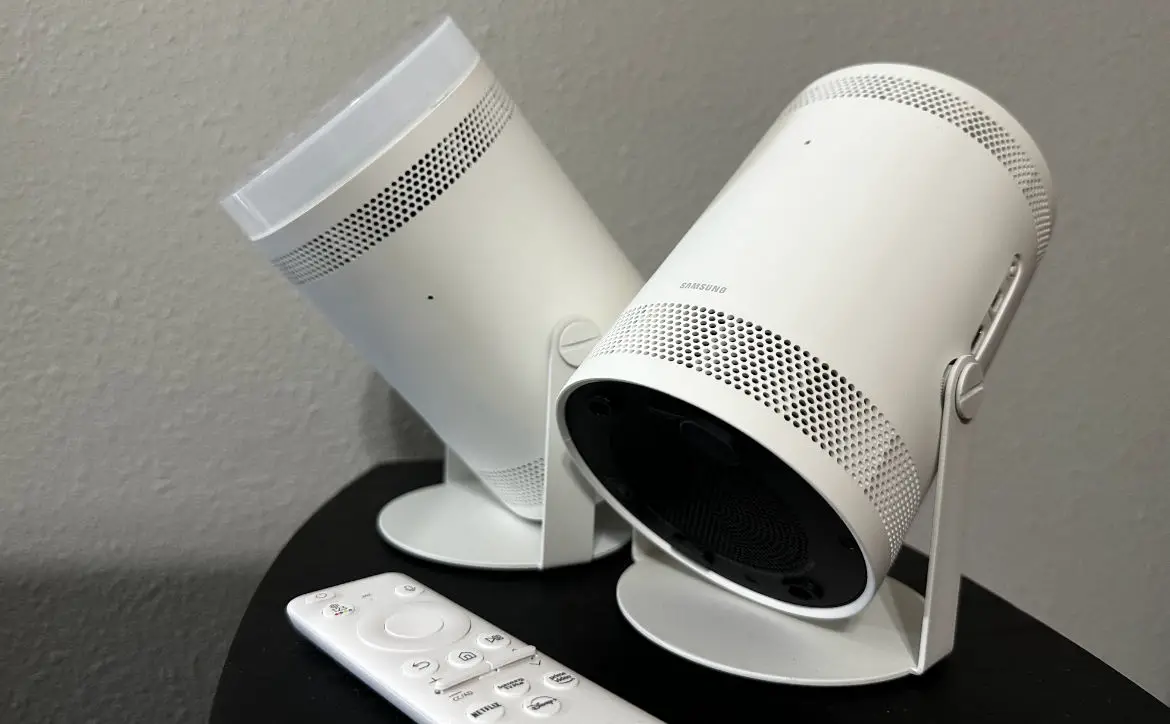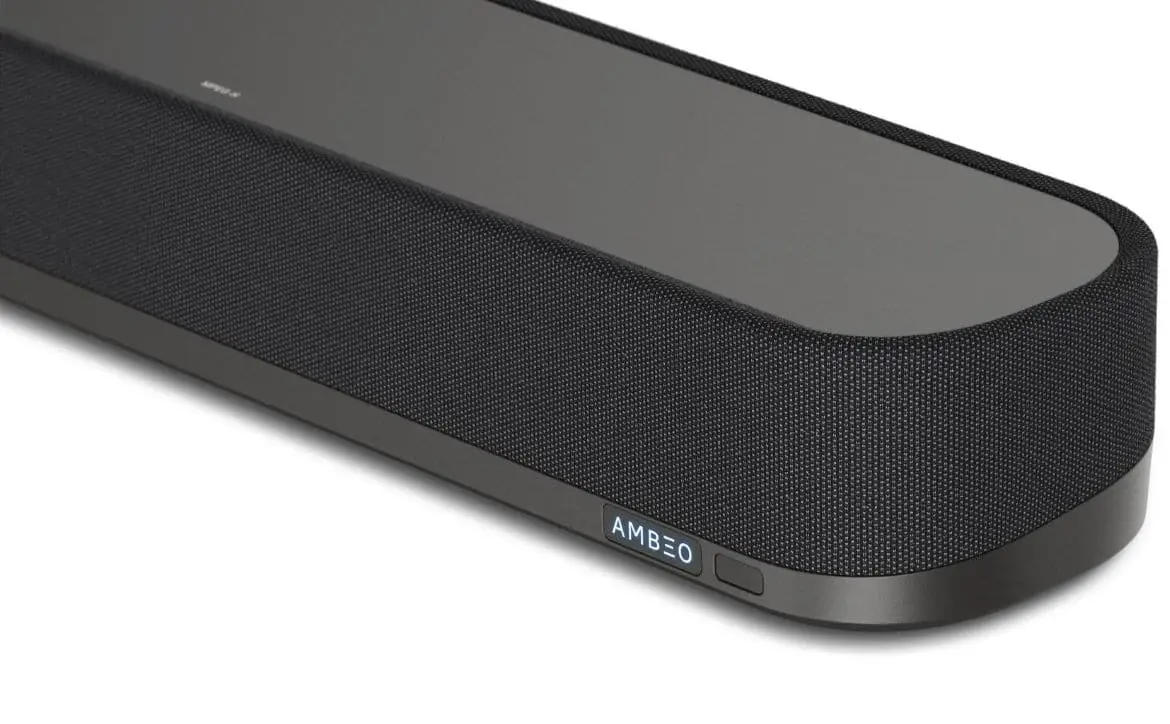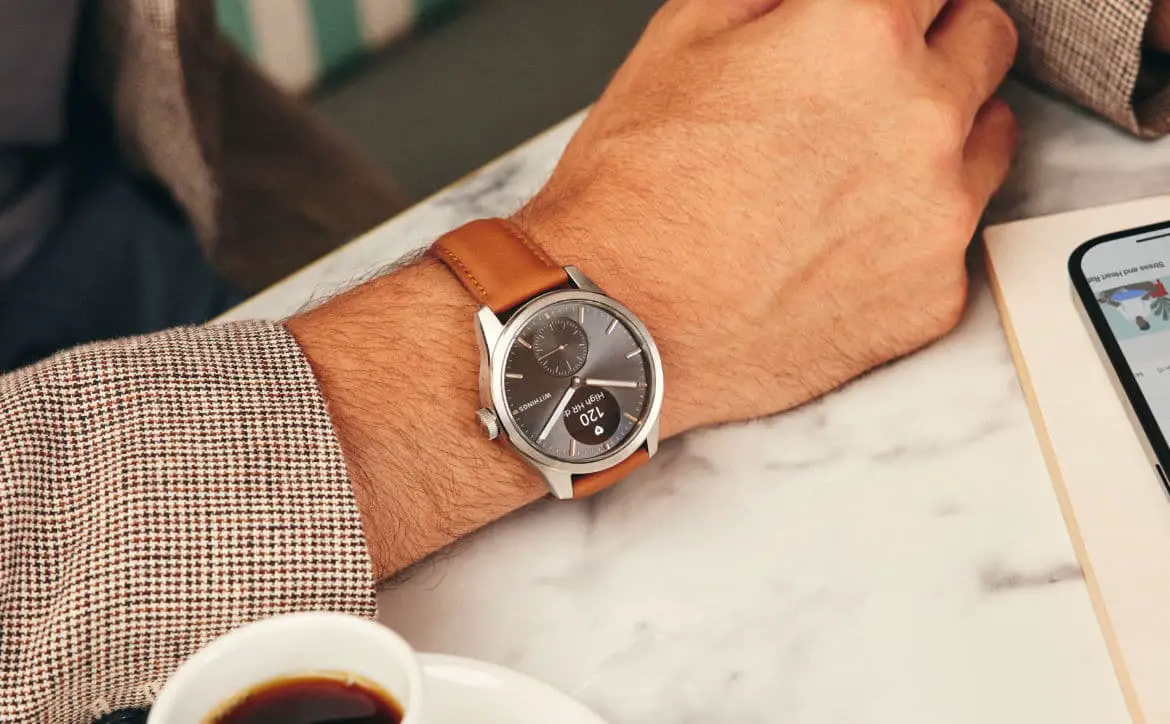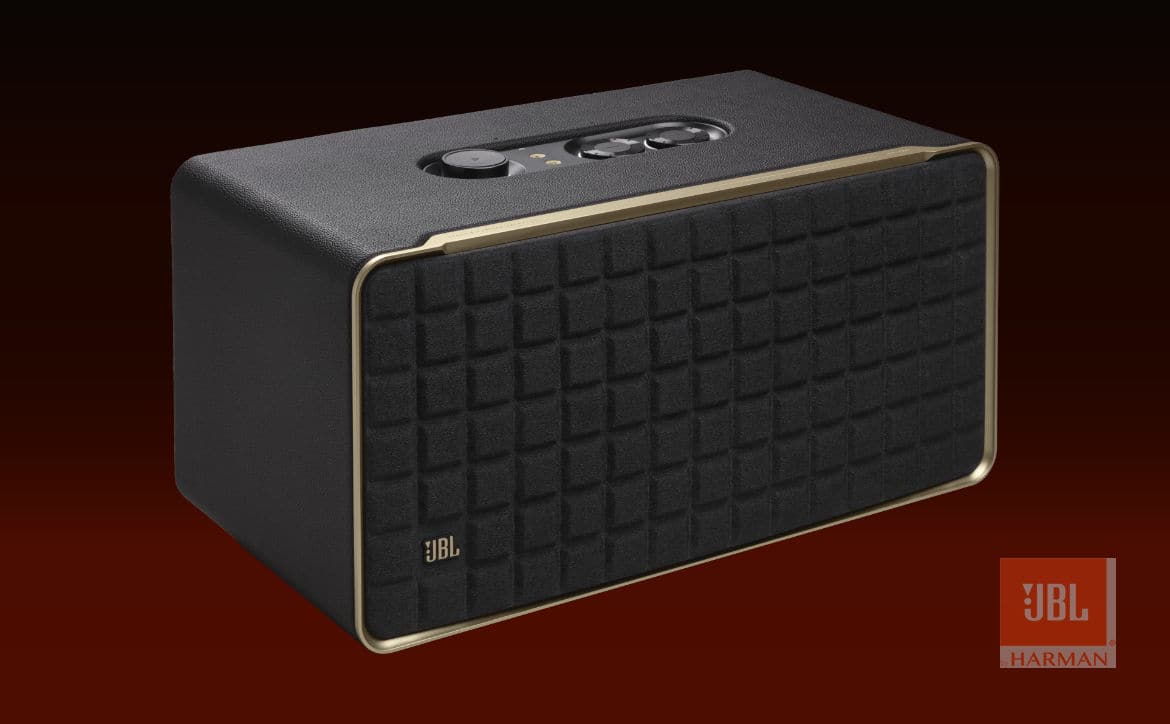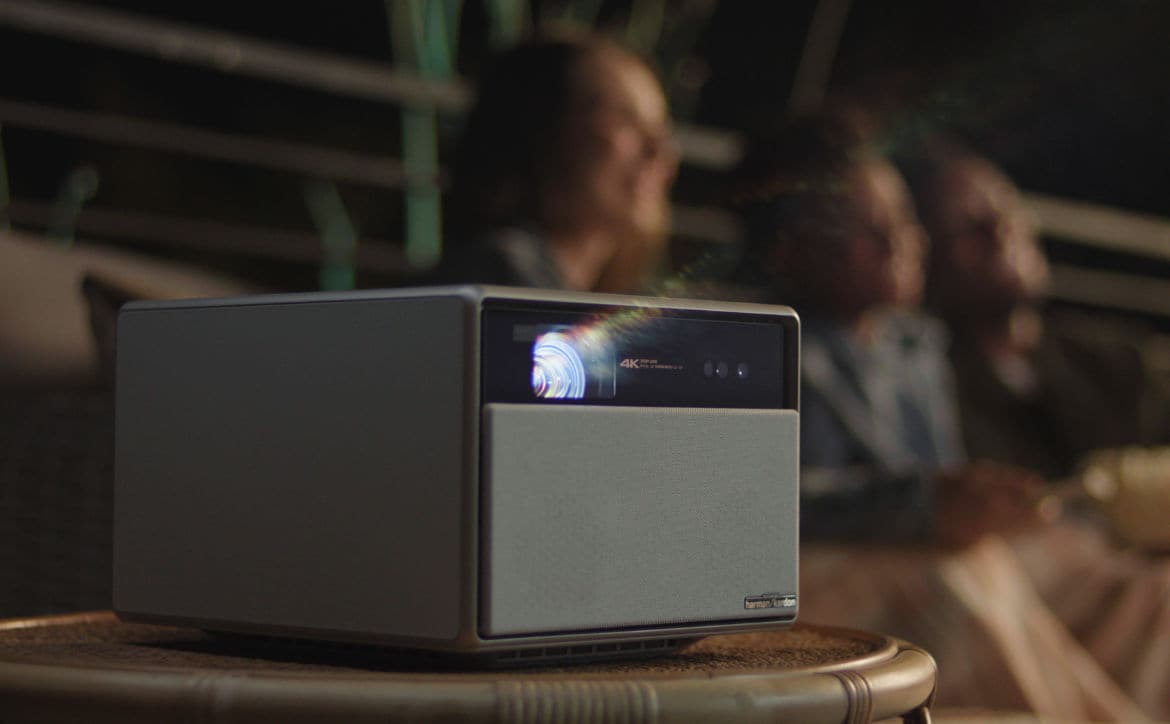Lighting systems are essential, as they provide the right amount and type of illumination where it’s needed, whether used for commercial, industrial or residential spaces. The light industry has continued to experience growth since its early days.
Researchers and scientists are working to develop new light technologies for practical use. Modern systems are capable of more than just illuminating a given area. Some double as alarms, are remote-controlled or change colors depending on user preferences.
Many new illumination products are tailored to meet evolving consumer needs. Here are six modern innovations in the industry.
1. Human-Centric LED Lighting
In the mid-2000s, light-emitting diode (LED) bulbs became highly popular among consumers. According to the U.S. Department of Energy (DOE), an LED turns on when an electrical current passes through a microchip and illuminates tiny light sources known as diodes. The diodes produce heat, which is absorbed by a heat sink.
LEDs are ideal for consumers looking for energy-efficient lightbulbs because they use 75% less energy than incandescents. A growing trend in the industry is LED-based human-centric illumination (HCL). HCL lights mimics daylight and works with the circadian rhythm, which enhances well-being and comfort.
HCL systems can even influence occupants’ physical and emotional states. They offer a broad and smooth color spectrum, improving the quality of light emitted. Various buildings use LED light systems, including schools, hospitals, planes and offices. Research shows that an LED bulb lasts around 20 times longer than an incandescent version, making them a worthwhile investment.
2. IoT Smart Lights
The Internet of Things (IoT) is a relatively new technology that describes physical objects with sensors capable of communicating with one another. IoT tech is growing, and major companies like AT&T, Verizon, IBM and Microsoft are working on developing compatible systems.
IoT sensors are placed on physical objects to make them “smart” — lights are no exception. Smart lights are a core component of the modern home because homeowners can control them with their smartphones or tablets.
Smart lights can turn on and off with a sound or motion sensor, change colors, or dim based on user preferences. One notable example of IoT smart lights is Alexa Smart Lighting by Amazon. When speaking to an Alexa-enabled device, homeowners with compatible bulbs can say, “Alexa, turn on my living room lights,” or “Hey Alexa, turn my light blue.”
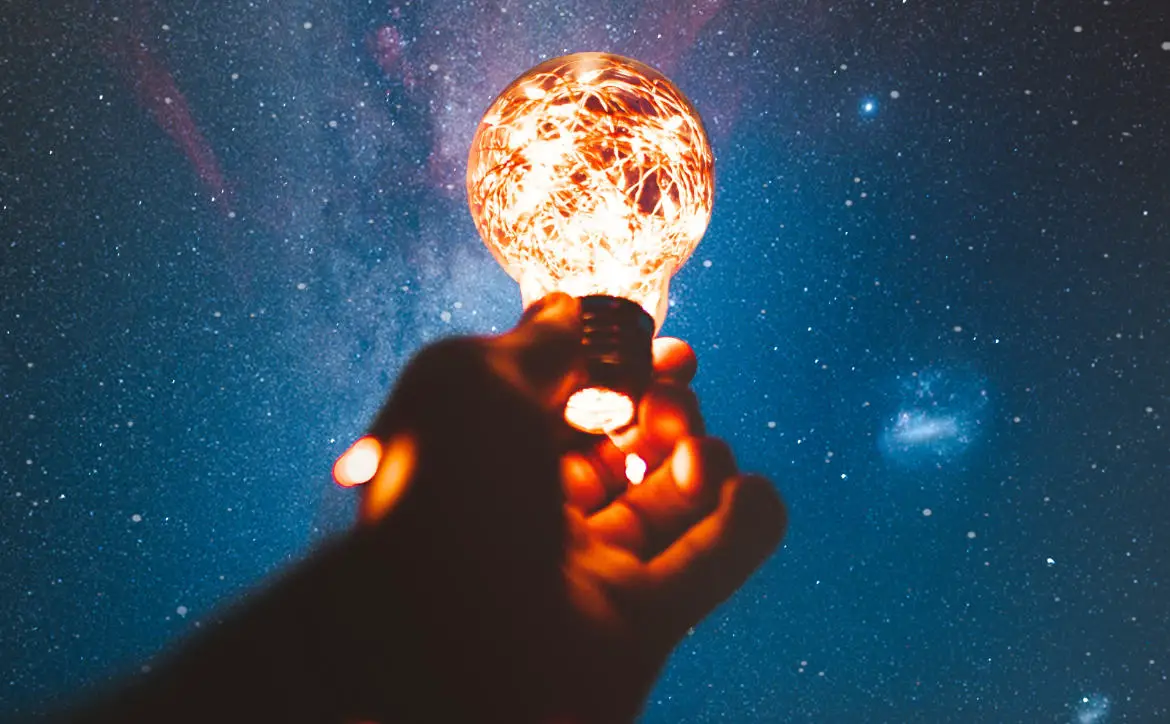
3. Light Therapy Systems
Some people experience seasonal affective disorder (SAD), a form of depression that occurs during the cold, dark, and short days during the fall and winter months. These seasons tend to change mood and behavior. Light therapy is one way to treat SAD.
Light therapy devices emit certain types of artificial light that can potentially improve one’s mood. However, it’s not fully understood why this happens.
Some experts say it’s linked to the circadian rhythm, the eyes’ sensitivity to light and the brain’s serotonin system. Many light therapy systems are on the market and vary in size, brightness, price and additional features.
4. Synchronized Systems
You probably drive around your neighborhood during the holiday season and notice homes fully decorated with bright, colorful lights. You may see that a handful of your neighbors take their decorating to the next level by syncing their outdoor lights to music, creating an entertaining light show.
Synchronized light systems are popular during the holidays, but they’re also becoming a staple in the average homeowner’s living room. Philips Hue is a major player in the smart light market and offers a range of products to install in a home theater.
You can watch a movie or play video games on your TV with Philips Hue lights that flash, brighten, dim, dance and change color based on the screen’s content. These synchronized lights are not the most affordable, but they create a fun, engaging, unique visual experience.
5. Natural Lighting Robot
Natural light is beneficial for a few reasons, one being that it boosts vitamin D levels in humans. Depending on the size of a home or the number of windows it has, it can be challenging for people to let natural light flow into their space.
One product on the market was specifically designed to fix this problem. The company Solenica created Caia, a solar-powered, portable, cost-effective robot that brightens up any space with real sunlight.
Caia’s proprietary algorithm measures light intensity to determine the best angle to light up the user’s preferred area. According to Solenica’s website, Caia provides 10,000 lumens of light, equal to the amount of light emitted by 13 bulbs.
6. 3D-Printed Lights
3D printing, also called additive manufacturing, allows users to construct three-dimensional objects from a digital file. It’s most often used in modern manufacturing and, more recently, became a critical tool to supplement the supply of personal protective equipment (PPE) during the COVID-19 pandemic.
However, less commonly known items that can be 3D printed are lightbulbs and lamp shades. Shades are easier to print, while bulbs require more electronics and wiring knowledge.
Plenty of beginner-friendly projects available online provide step-by-step instructions on how to 3D print a lightbulb. One of the most popular 3D printed lamps is an LED bridge lamp — the design files for this project were downloaded from Thingiverse more than 27,000 times as of June 2019.
Expect More Innovations in the Future
Consumers and businesses in every sector rely on lights. Evidence suggests that it significantly impacts humans in terms of our physiology and psyche. It’s fascinating to learn about new light technologies, and as the market continues to grow, it’s expected that more futuristic concepts will make their way into the industry.
What do you think? Please share your thoughts on any of the social media pages listed below. You can also comment on our MeWe page by joining the MeWe social network.


